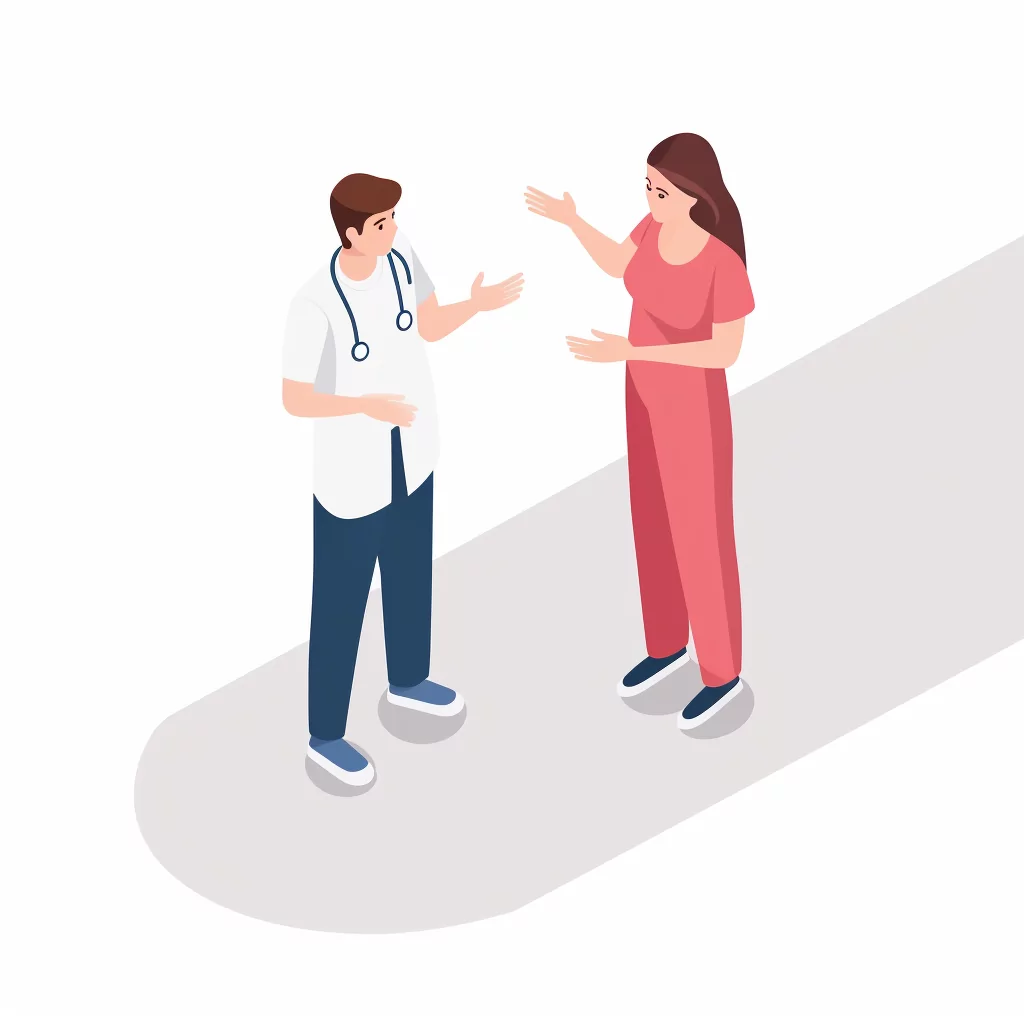Updated: 18 March, 2024
Key takeaways
- Communication comes in many forms. Non-verbal communication is challenging but absolutely critical to patient-doctor relationships.
- A good communicator would consider any potential physical limitations or cultural differences that can prevent or obstruct communication.
- Without efficient communication skills, achieving patient-centred care, shared decision-making, and interprofessional collaboration is very limited.
- Emotional intelligence helps healthcare professionals better comprehend, involve, and inspire the people around them. They are necessary for resolving conflict and creating practical solutions to complex problems that can arise in the healthcare environment.
- Through secure collaboration and evaluation, Videolab improves self-awareness, decision-making, and self-confidence resulting in clarity in communication and intention
What is communication?
By definition, communication is “the activity or process of expressing ideas and feelings or of giving people information”
Essentially, communication is any basic exchange of information by any means. Everyone communicates differently, which is where the teaching and learning of the ‘correct communication’ can be tricky….
In this blog, we discuss the basics of different communication skills, patient centred care and emotional intelligence. In today’s complex healthcare environment, teaching students how to think critically and communication efficiently is crucial.
Our product Videolab specifically targets these teaching areas by leveraging modern feedback mechanisms with medical education and privacy by design principles in mind.
Communications skills in healthcare
Communication is the foundation of quality healthcare and patient safety, every healthcare professional needs a certain level of good communication skills. Effective communication skills positively impact patients and the team around you, resulting in better patient outcomes and a successful work environment.
Throughout a communication exchange, there is a level of meaning loaded in the message, what this meaning is, depends entirely on the situation, however for a transfer of communication to be successful, both parties must agree on the meaning of what is being communicated.
Continuing further, a good communicator would consider any potential physical limitations or cultural differences that can prevent or obstruct communication. According to (Mccorry, K.L., Mason, J. 2020), the communication process can be shown in five steps:
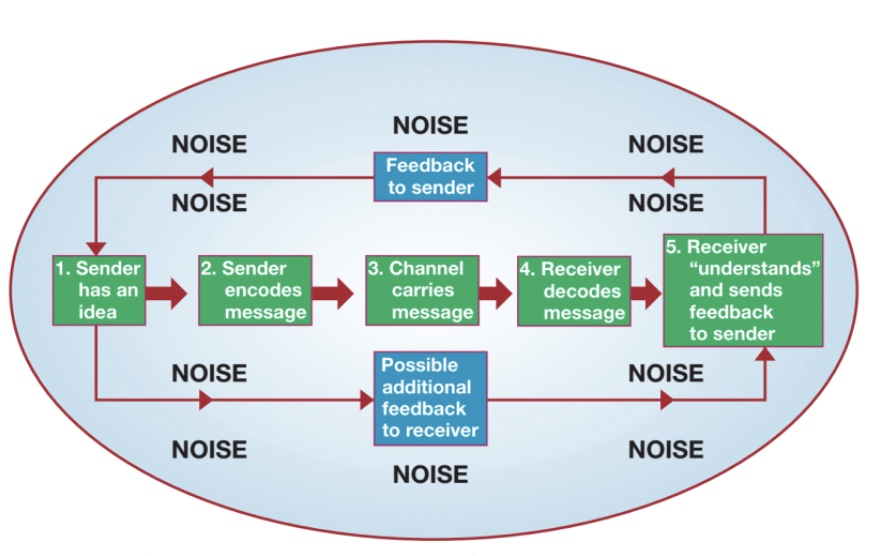
Image retrieved from: Mccorry, K.L., Mason, J. (2020) Communication Skills for the Healthcare Professional, Enhanced Edition. Jones & Barlett Learning.
Noise in Communication
Noise represents any communication that hinders the message being received. The level of noise a healthcare provider uses can depend on many aspects such as;
- The difficulty of the message being transmitted. (e.g. bad news)
- The receiver may be distracted by fear or anxiety about the message being communicated.
- Language barriers that prevent understanding of the message.
- In medical diagnoses, the message can become too complex, leading to excessive noise when attempting to simplify it for the receiver.
While this language may be used to soften the blow of bad news, in a healthcare setting, noise interferes with the intended message and can lead to misunderstandings. Noise disrupts effective communication and should be minimized or eliminated whenever possible.
Nonverbal communication
Nonverbal communication cues, such as the way you listen, look, move and respond, let the person you’re speaking with know whether or not you care, whether you’re being truthful and how attentive you are.
Types of nonverbal communication include:
- Facial expressions
- The human face is incredibly expressive and can silently reflect a wide range of emotions.
- Body movement and posture
- A person’s posture, gait, head position, and arm gestures can influence how you see or feel about them. The world can learn a lot about you from the way you move and carry yourself.
- Gestures
- Our daily lives are made up of gestures in one way or another. When debating or explaining ourselves, we might wave, point or use our hands to express ourselves without giving them any thought. However, we must take into account that some gestures can be different across cultures.
- Eye contact
- Eye contact is an especially important type of nonverbal communication, the way you look at someone can convey a variety of emotions, such as attention, affection, hatred, annoyance, or attraction. Maintaining eye contact is crucial for the flow of a discussion and for determining the other person’s level of attention.
- Touch
- Touch conveys a wide range of messages, including the strength or weakness of a handshake, the warmth of a hug, the casualness of a graze on the arm, or the dominance of a controlling grip.
- Space
- Have you ever experienced awkwardness during a conversation because the other person was invading your personal space? Although our needs for physical space vary depending on culture or circumstance, the need is still there. People use physical space to communicate a variety of nonverbal cues, such as expressions of intimacy or affection, dominance, or hostility.
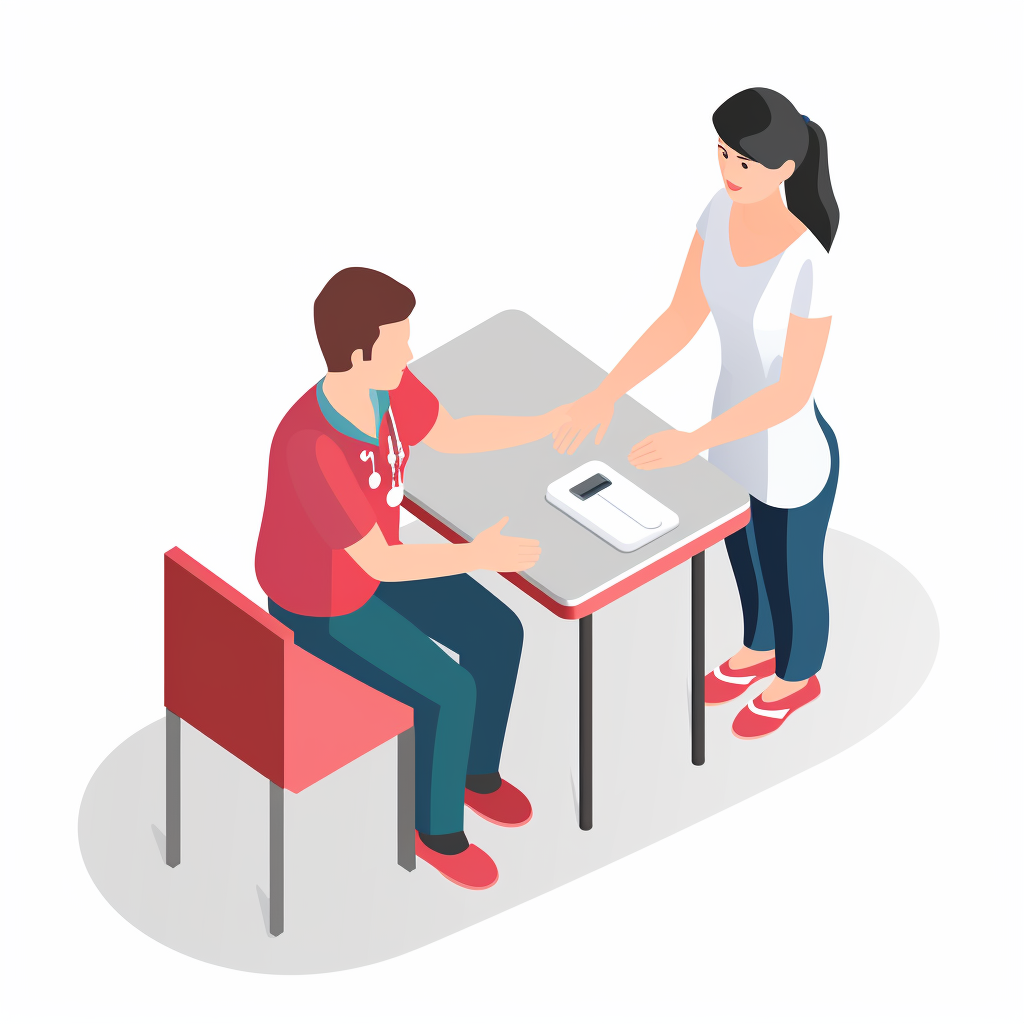
Challenges with non-verbal communication
Nonverbal communication poses a difficulty as it occurs simultaneously and is generally beyond our complete control. It reveals our true thoughts and feelings, making it harder to manage and anticipate compared to intentional verbal communication. Verbal communication, with less practice than nonverbal, is done deliberately and is easier to manipulate. Due to this, we usually pick up quicker on nonverbal cues and have more trust in the information or intention. For instance, the recipient is more likely to trust the nonverbal signal when having a discussion with a person that is telling you one thing out loud but unconsciously conveys a different message non-verbally.
Nonverbal and verbal communication should compliment each other. Its essential healthcare and social care providers have situational awareness to recognise potential appropriate or inappropriate body language in a patient consultation.
The ability of students, doctors, nursing, and all healthcare providers to understand nonverbal communication in correlation with verbal communication is a very powerful tool. This aids the connection with patients and reinforces a strong relationship between patient and provider.
What is patient-centred care?
Patient-centered care encourages active collaboration and shared decision-making between patients, families, and providers.
Its objective is to strengthen patient empowerment and allow patients to gain greater control over decisions and actions relating to their health. World Health Organisation. (2009).
In order to reach this goal, patients should feel heard and understood by their provider, those who do, are more motivated to take action and do what is necessary to recovery and therefore have a higher likelihood of a positive health outcome.
Empowered patients are more enthusiastic about their care and, or ready to understand and learn what they should do to recover and continue with a healthy lifestyle. Empathy and soft skills are what help patients feel they are receiving high-quality care with a healthcare provider they can trust and work together with.
Emotional intelligence
Skills in emotional intelligence (EI) help healthcare professionals better comprehend, involve and inspire the people around them. They are necessary for resolving conflict and creating practical solutions to complex problems that can arise in the healthcare environment.
Individuals can enhance their emotional intelligence skills by developing personal competence, which in turn enables them to improve social competence skills such as soft skills, empathy, and relationship building. The qualities of a leader, including emotional intelligence, can significantly impact a company’s organisational culture.
Healthcare professionals must consider a multitude of factors when interacting with patients, including their background, family situation, regulatory complexities, diagnosis, and treatment. In recent times, there has been a growing focus on communication skills and soft skills training in the healthcare industry. Many universities have incorporated specific classes into their curriculum, raising the overall standard for these skills.
However, in terms of evaluation and measurement of EI skills in students, it still presents challenges due to the complexity of the skill. Assessments that determine a student’s EI ability are not available in the same sense as clinical evaluations of students. EI assessments analyse these personal and social competencies in a more generalised way.
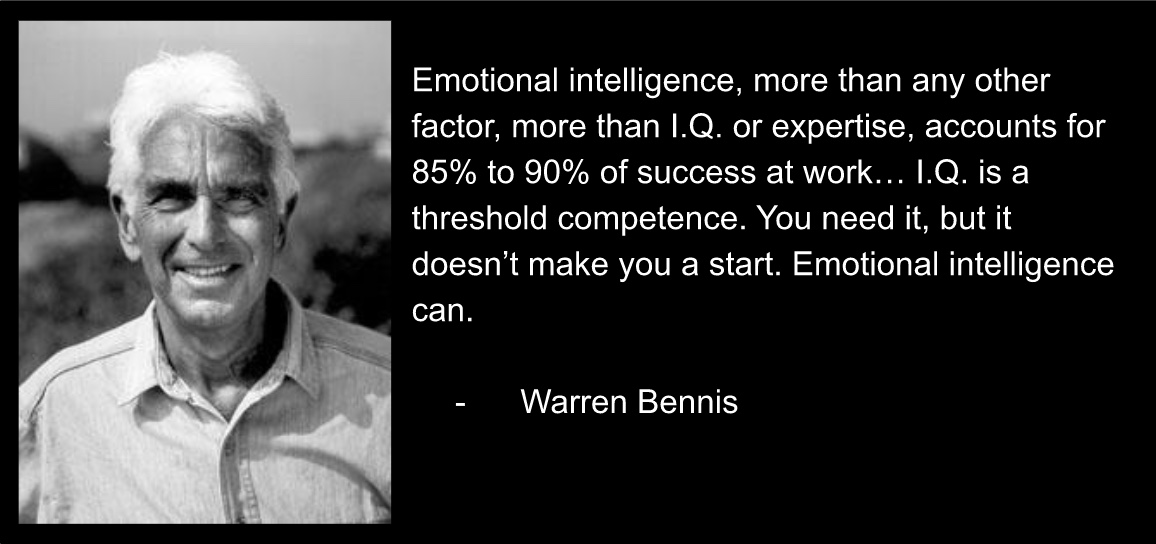
How to improve your communication skills?
Improving communication skills is a continuous journey, requiring ongoing effort. A study from five NHS clinicians working of effective communication provided the following practical tips:
- Be attentive: Give your patient your undivided attention, listening actively without interrupting or presuming diagnoses.
- Ask open questions: Encourage detailed responses by asking open-ended questions that invite elaboration.
- Be curious: Maintaining curiosity about a patient will increase interest and investigation of the core issue or problem.
- Summaries throughout: Recap key points regularly to ensure both parties are on the same page.
- Involve friends and family: Under stressful or anxious situations, such as in many healthcare environments can affect the memory or full understanding of what’s going on for a patient. Involving family or friends can help them reflect and explore their options.
- Use the right tone: Use language that is respectful, empathetic, and appropriate to the situation.
- Acknowledge individual differences: Recognise that each patient presents with unique circumstances and respond accordingly.
- Get help from colleagues: Second opinions can be very useful, especially in the seriousness of a healthcare situation, it can also help patients feel more comfortable if there are more doctors to help them.
- Be aware of bias: Healthcare professionals must be able to acknowledge their personal biases, and deal with them accordingly to ensure they do not affect the care given to patients.
- Communicate in different ways: Use a range of communication tools to enhance understanding and engagement.
- Adopt share decision making: This relates to patient-centred care, if your patient feels included in their health journey, they are likely to be more engaged and positive towards their recovery. This will also build a stronger relationship between patient and doctor.
- Try active listening:Engage in active listening to foster openness, honesty, and a positive patient experience.
- Reflection: Watching yourself back allows you to reflect upon your own performance and improve from it. (read blog here on reflective practice)
- Speak up: Foster a team environment where everyone feels comfortable sharing ideas and feedback.
How can Videolab help develop skills of communication?
Videolab is a privacy-compliant video sharing platform where you are able to record patient interactions in a GDPR-safe environment.
Once trainees complete uploading a simulated or real patient consultations, or peer consultations, the system encrypts them. Students are then able to go back and watch this recording, reflect on their performance, make time fragmented comments or ask questions. These recordings are then shared with pre approved assessors to mark and evaluate. Secure collaboration also allows students to securely share the recording with peers and receive feedback from multiple different sources. Videolab can specifically address the issue when assessing emotional intelligence as it allows for a complex and diverse evaluation environment.
Videolab is a MedTech solution that allows for secure healthcare training and has many use cases, Codific believes in adapting the application to your use case. Thus, it is particularly useful for the training of soft skills and communication training during patient interactions. Hence, Videolab is very practical and effective to improve communication skills, empathy training, nonverbal communication etc….
The act of watching a consultation back is a very powerful tool, self-reflection in education is an essential element that aids self-awareness increases emotional intelligence, and our capacity to recognise the results of our actions. Self-awareness helps decision-making, subsequently increasing self-confidence and furthermore resulting in clarity in communication and intention.
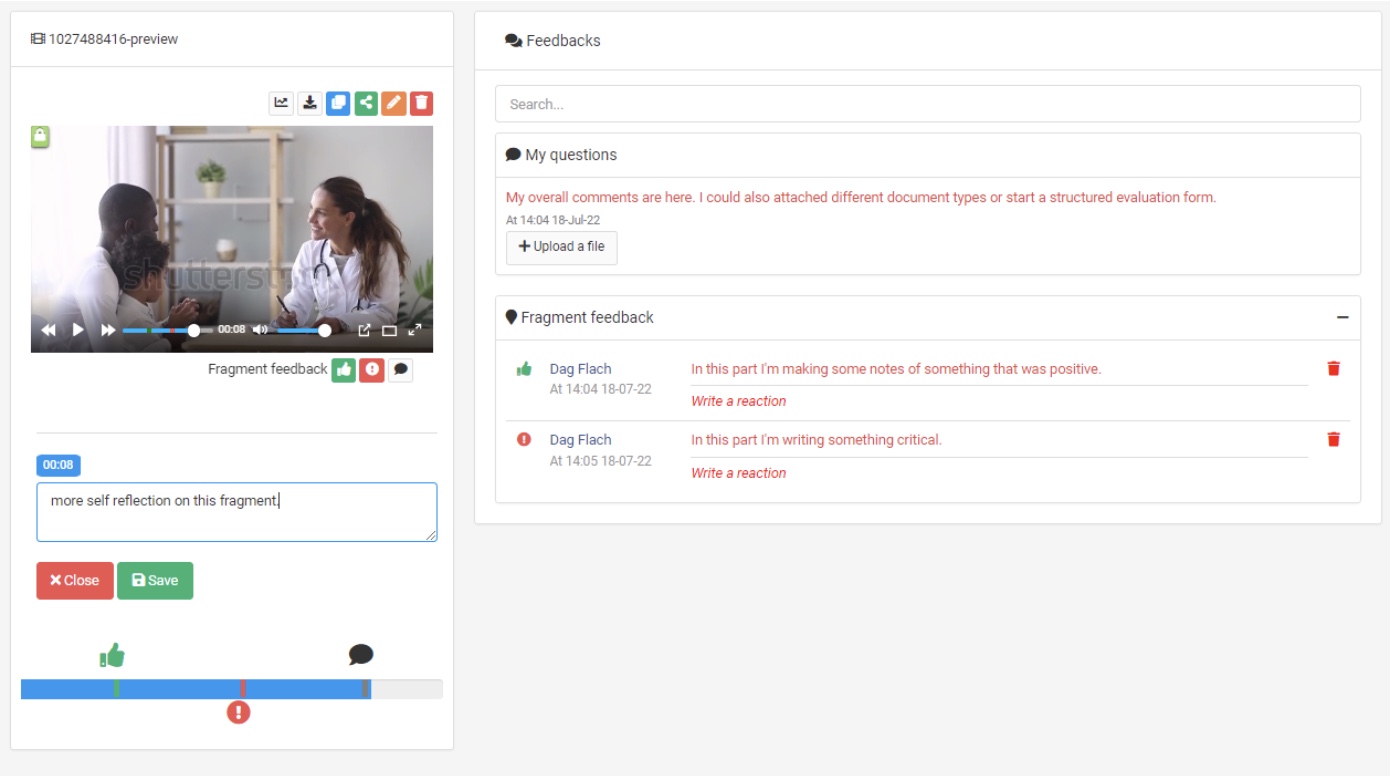
What else does Codific build with privacy by design principles?
Codific is a team of security software engineers that leverage privacy by design principles to build secure cloud solutions. We build applications in different verticals such as HR-tech, Ed-Tech and Med-Tech. Secure collaboration and secure sharing are at the core of our solutions.
SAMMY Is a Software Assurance Maturity Model management tool. It enables companies to formulate and implement a security assurance program tuned to the risks they are facing. That way other companies can help us build a simple and safe digital future. Obviously our AppSec program and SAMMY itself is built on top of it.
We believe in collaboration and open innovation, we would love to hear about your projects and see how we can contribute in developing secure software and privacy by design architecture. Contact us.
References:
Berkovic, E. (SSSS) The importance of non-verbal communication. Marbella International University Centre. https://miuc.org/importance-of-non-verbal-communication/
Chan, S. (2020). 16 ways to improve your communication skills with patients. British Heart Foundation. https://www.bhf.org.uk/for-professionals/healthcare-professionals/blog/16-ways-to-improve-your-communication-skills-with-patients
Fernandez, C., Peterson, H., Holmstrom, S., Connolly, A. (2011) Developing Emotional Intelligence for Healthcare Leaders. The University of North Carolina and Chapel Hill, The University of South Florida,
Mccorry, K.L., Mason, J. (2020) Communication Skills for the Healthcare Professional, Enhanced Edition. Jones & Barlett Learning. https://books.google.be/books?hl=en&lr=&id=TaLqDwAAQBAJ&oi=fnd&pg=PP1&dq=communication+skills+in+healthcare&ots=zFhk4etpDc&sig=dWupHk3pJdQF80-M1K2-gqWvvYI#v=onepage&q=communication%20skills%20in%20healthcare&f=false
Segal, J., Smith, M., Robinson, L., Boose, G. (2020) Nonverbal Communication and Body Language. Help Guide. https://www.helpguide.org/articles/relationships-communication/nonverbal-communication.htm
